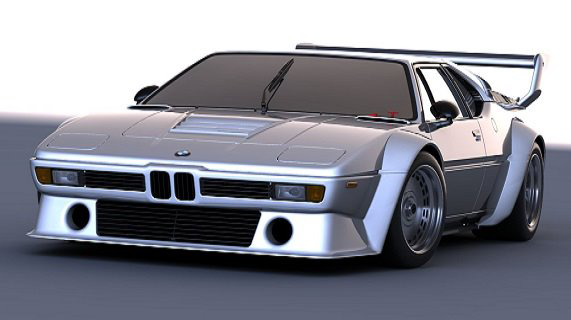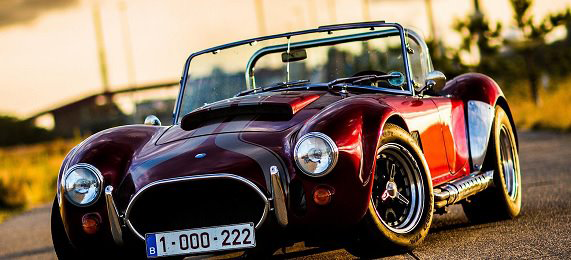Tuner Cincinnati
Smyth Imported Car Service Inc.| Tuner Cincinnati


Masterful Tuning with Generational Precision
Since 1934, Smyth Imported Car Service has been synonymous with mechanical excellence and artisanal mastery. Under the stewardship of third‑generation craftsman Sam Smyth II, our tradition now welcomes the art and science of tuning—offering Cincinnati drivers bespoke performance enhancements that echo unrivaled precision and spirited refinement.
Tuner Service, Cincinnati, OH
Our tuner service offerings unite advanced diagnostics with instinctive craftsmanship. Whether refining throttle response, calibrating ECU settings, or optimizing power delivery, every calibration is conducted with OEM‑level care and personalize to your vehicle’s character and your ambitions. The result: drive dynamics perfected to your expectations.
Car Tuning, Cincinnati, OH
Car tuning isn't one‑size‑fits‑all—it’s an art of personalization. Our car tuning Cincinnati, OH service supports everything from subtle horsepower gains to balanced handling improvements. We thoughtfully adjust the blueprint: enhancing fuel efficiency, refining power output, and elevating the on‑road experience to luxury‑grade refinement.
Performance Tuning, Cincinnati, OH
Performance is precision in motion. Our performance tuning spans high‑horsepower calibration, chassis mapping, and aerodynamic tuning, serving both street and track demands. Every adjustment reflects our founding philosophy: modern engineering, tailored by heritage craftsmanship.
Why Drivers Choose Smyth Imports for Tuning
Bespoke Precision — Custom tuning using specialist tools, software, and calibration logic.
Decades of Mechanical Mastery — Our legacy built on deep understanding of machine and driver alike.
Tailored Performance Plans — Your car’s potential realized along with your personal goals.
Appointment‑Only Focus — Discreet, personalized attention reserved for a select few.
Entrust your car’s performance to Smyth Imports and rediscover the synergy between precision tuning and automotive artistry.
